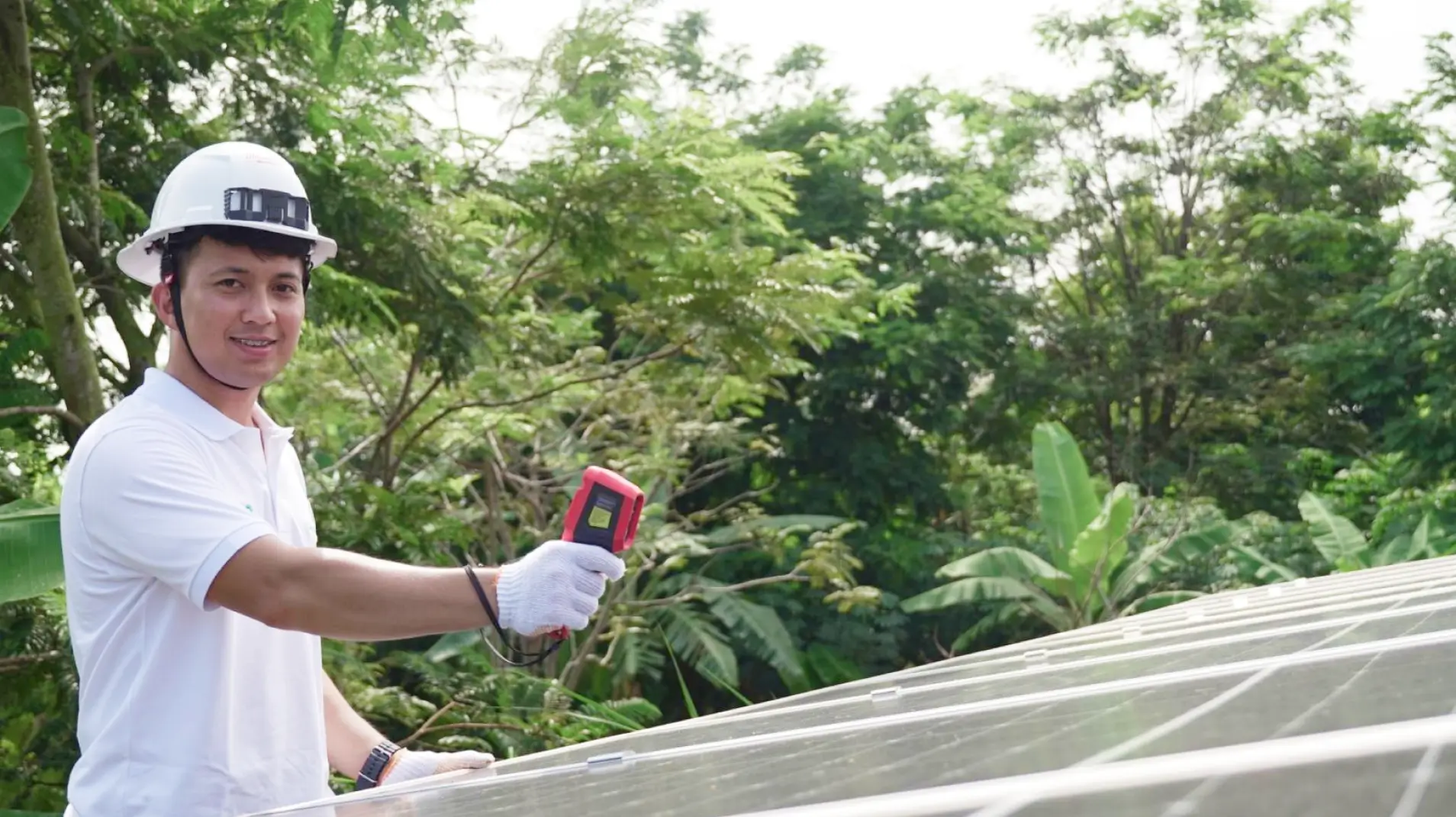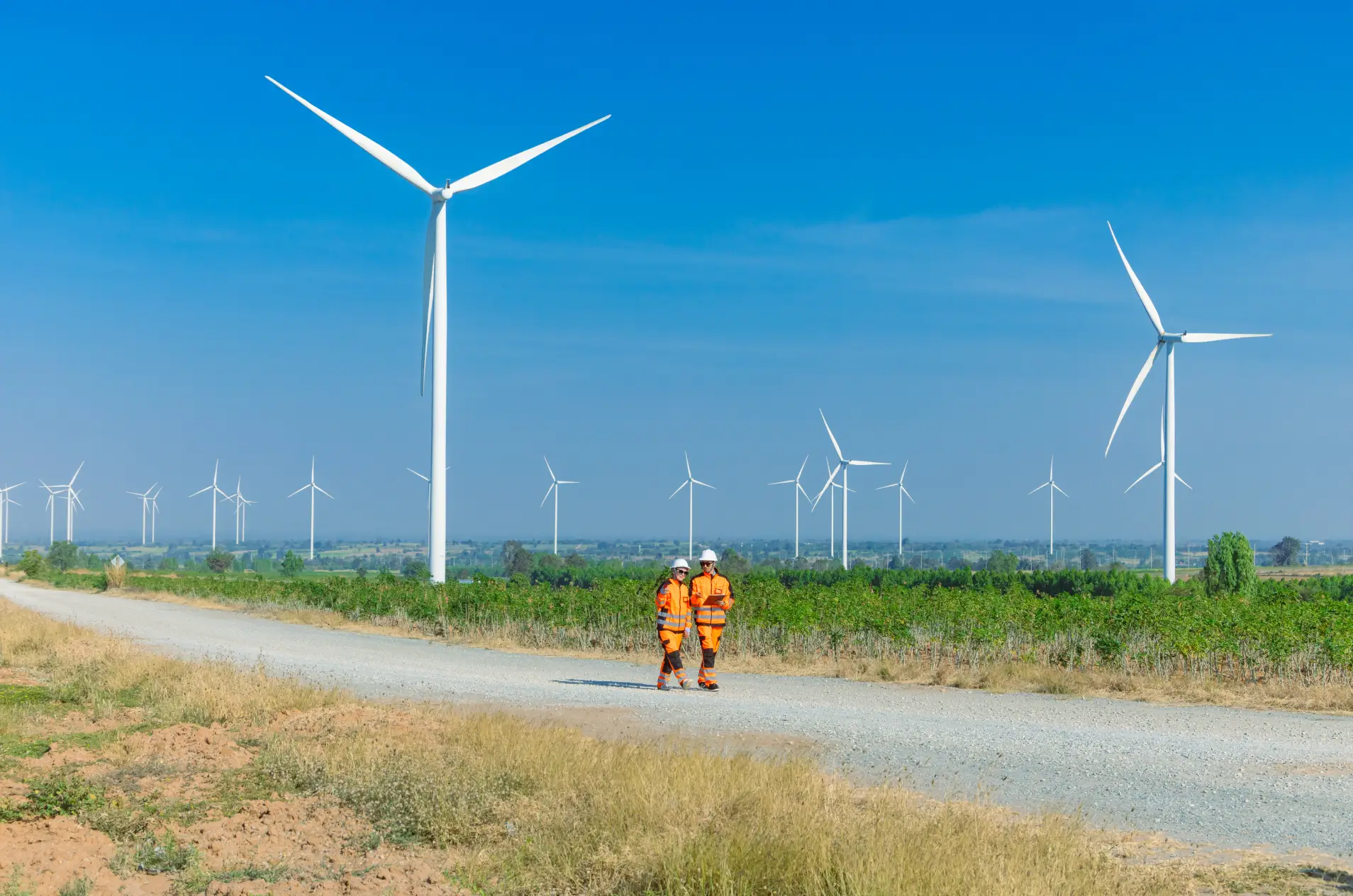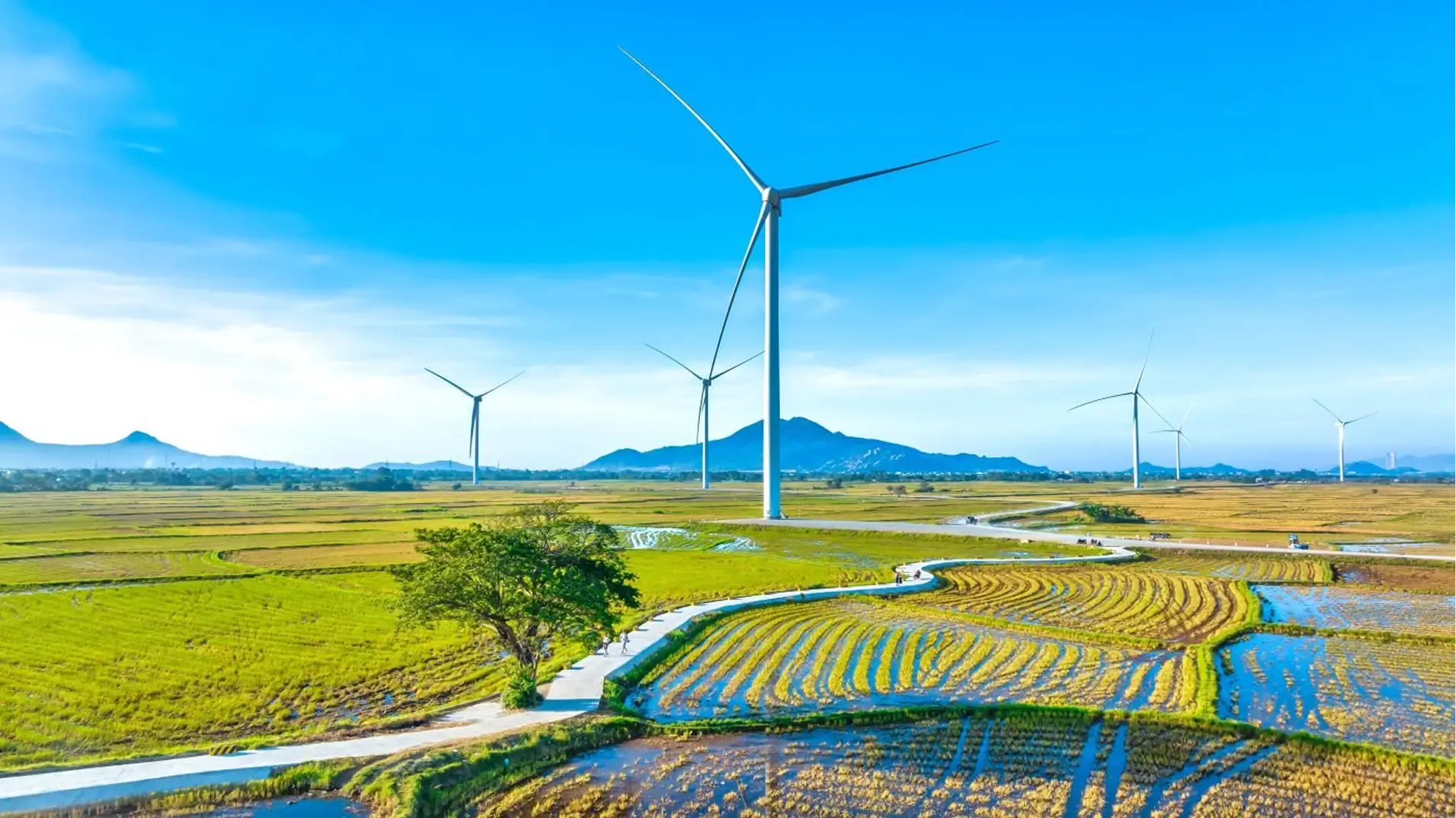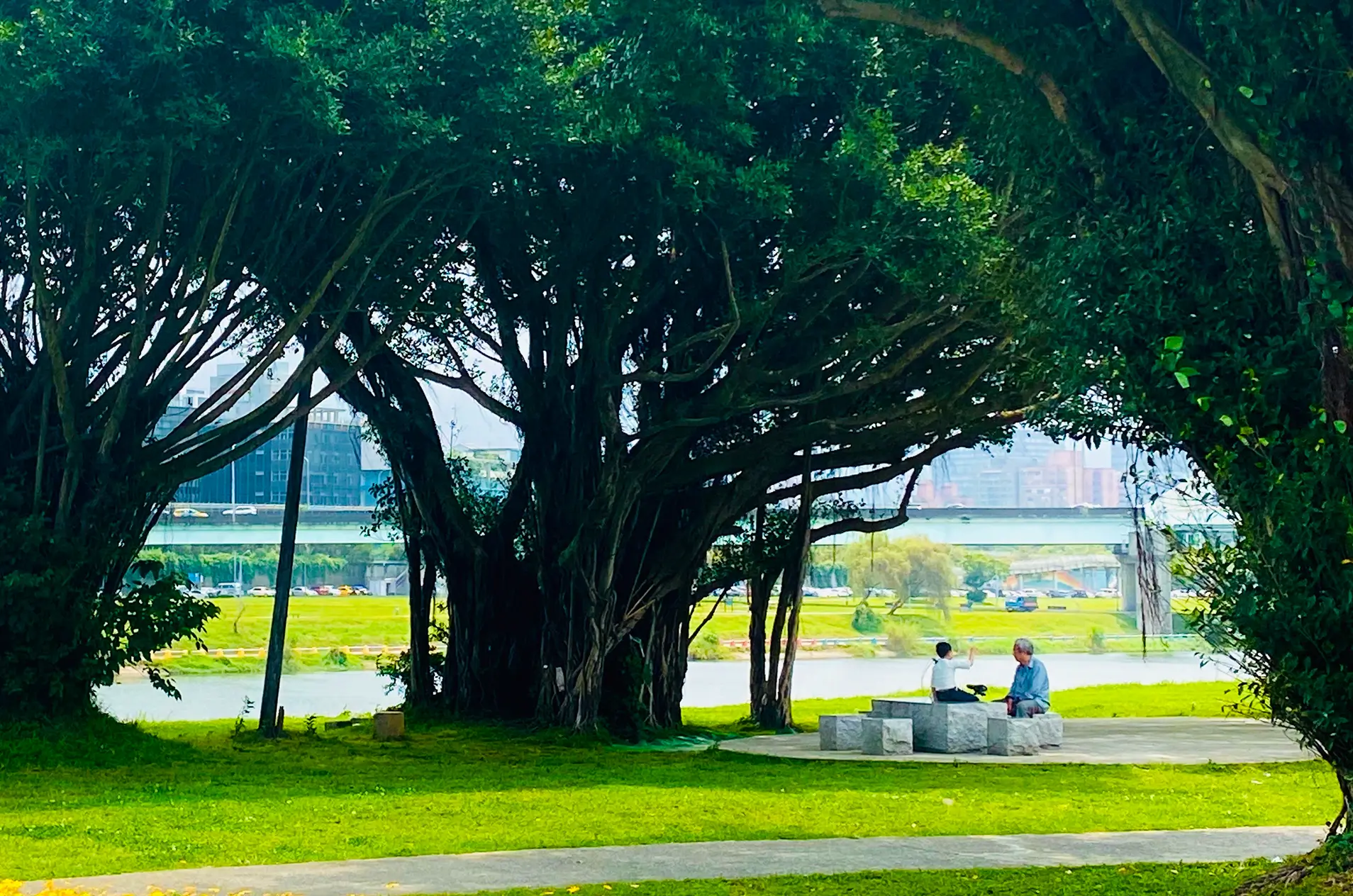By Jia Ning, The Right Spin, One Atmosphere Singapore
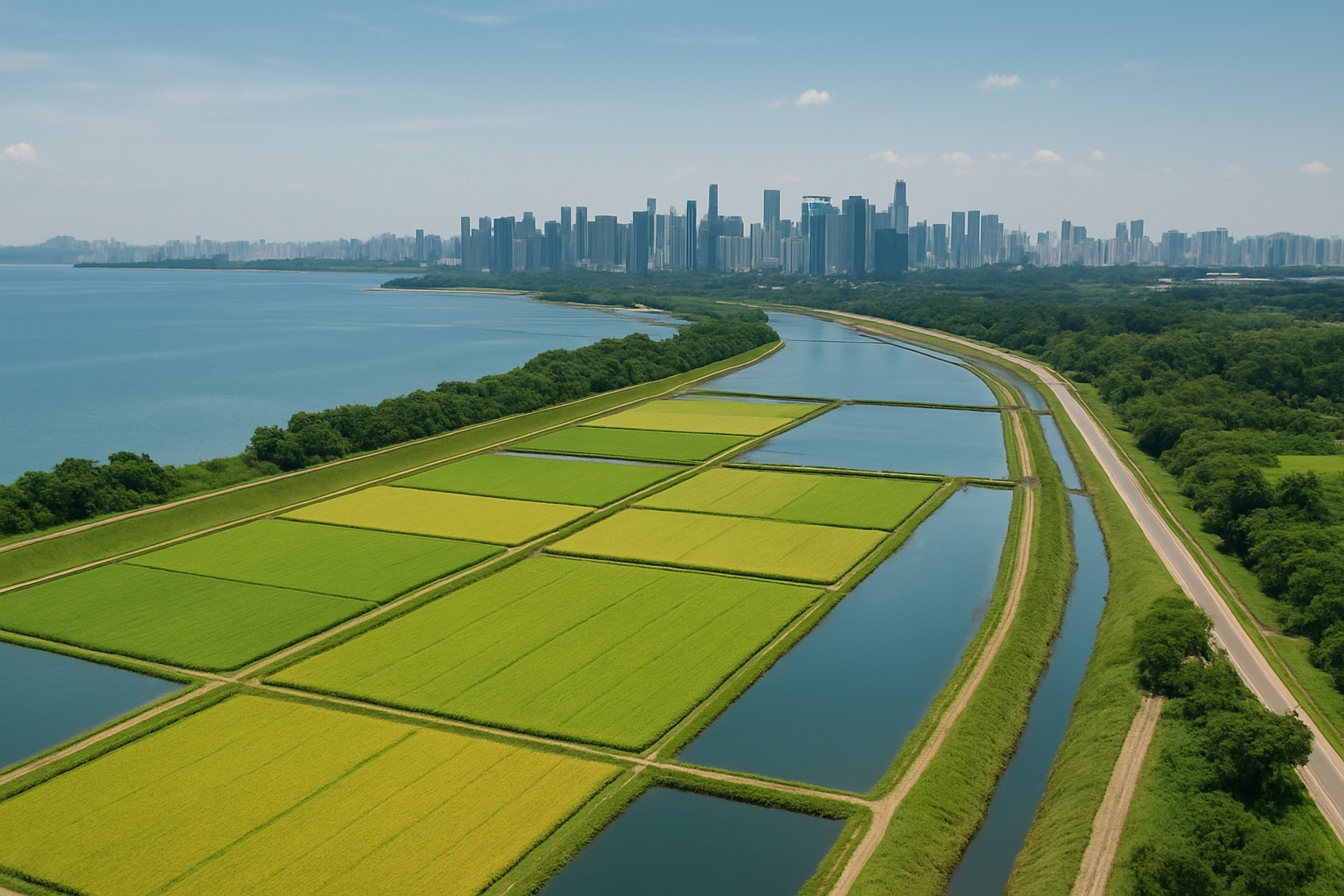
Image source: AI-generated rendering; does not reflect project
As one of the world’s most low-lying cities, the island-nation of Singapore is at the forefront of the climate crisis. With much of its coastline a mere four metres above sea level, Singapore faces mounting threats from rising seas and increasingly extreme weather. In response, the country has launched an ambitious experiment: its first polder project at Pulau Tekong. Co-managed by the Public Utilities Board (PUB) and the Housing Development Board (HDB), this large-scale initiative marks a pioneering step in coastal protection, one that could redefine how the city safeguards its shores.
A polder is a low-lying area of land reclaimed from the sea, encircled by embankments known as dykes and kept dry through an intricate system of drains, canals, and pumps. The principle is simple yet ingenious: dykes prevent seawater from flooding the reclaimed area, while pumps and sluice gates remove excess rainwater and groundwater, discharging it into the sea during low tide. Storage basins serve as temporary reservoirs during heavy rainfall, ensuring that the land remains dry even in the face of severe storms.
Singapore’s polder experiment is more than just an engineering project.
This controlled water management system allows reclaimed land to remain viable despite higher sea levels and heavier rainfall, an increasingly vital consideration for Singapore’s future.
Why Polder Engineering Matters
The term polder comes from the old Dutch word polra, meaning “elevated piece of land.” Unlike traditional land reclamation, which involves raising land by filling it with vast amounts of sand, empoldering relies on dykes and pumps to manage water levels dynamically. This makes the approach more sustainable and resource-efficient—a crucial advantage for land-scarce Singapore, where sand is both costly and environmentally taxing to source.”
Polder engineering offers Singapore three key advantages. First, it provides resilience against rising seas; as ocean levels climb, the system’s pumps and dykes can be modified or strengthened to maintain protection. Second, it enhances cost-effectiveness, reducing the need for sand and thereby lowering both financial and ecological costs. Finally, it offers adaptability; polders can be customized to suit different coastal conditions, making them suitable for Singapore’s varied shoreline environments.
PUB has called the Pulau Tekong project a “significant milestone,” noting that the lessons learned from managing this first polder will guide future coastal defense strategies.
Engineering a Climate-Resilient Future
Singapore’s polder experiment is more than just an engineering project. It demonstrates how innovation, environmental foresight, and resilience planning can converge in the face of climate threats. By turning to polder engineering, Singapore is not merely responding to the present; it is preparing for a future defined by stronger storms, heavier rains, and higher seas.”
Yet, challenges remain. Ensuring the reliability of pumps during extreme weather, maintaining the integrity of dykes against storm surges, and committing to the long-term governance of such infrastructure will demand continuous attention and investment. Coastal resilience, as Singapore’s polder project shows, is not achieved through one-off solutions but through sustained commitment and adaptation.

